This website uses cookies so that we can provide you with the best user experience possible. Cookie information is stored in your browser and performs functions such as recognising you when you return to our website and helping our team to understand which sections of the website you find most interesting and useful.
RFID Labels
RFID Labels – relying on safe frequencies
Reliable baggage handling and tracking has a long history in particular in the air travel sector, a sector characterised by many innovations. With RFID Labels, this branch is now taking a decisive step forwards.
RFID – relying on safe frequencies
Reliable baggage handling and tracking has a long history in particular in the air travel sector, a sector characterised by many innovations. With RFID solution, this branch is now taking a decisive step forwards.

Baggage and product identification with over 99.9% reliability
RFID is the abbreviation for the automatic identification and localisation of products and baggage with the aid of data read-out through electromagnetic waves. Whether RFID print products for access control, stock-taking, baggage tracking or labelling, Security Label provides a wide selection of RFID developments for tags, labels and stickers. Our RFID Labels permit process optimisations and cost-savings in almost all industrial areas, but also specifically baggage handling, for example at airports.
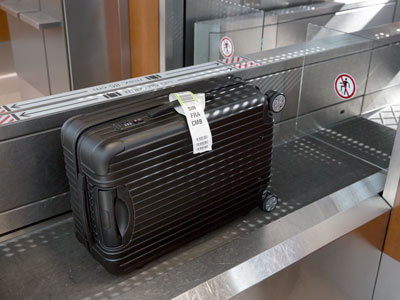
RFID thermal baggage tags for baggage
The miniaturised radio identfication units can be integrated into the thermal baggage tags and used at airports for efficient baggage sorting and tracking. In this way, the handling processes can be sustainably optimised.
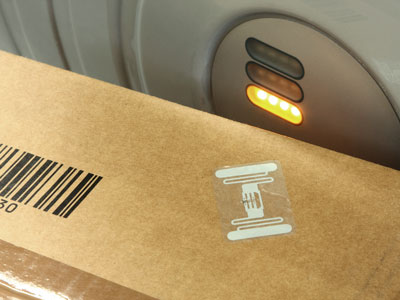
RFID labels or tags in the industry
RFID labels or RFID tags are also possible for use in your warehouse and goods monitoring systems within all industrial branches. We can also provide you with RFID transponders, which can easily be integrated into pre-existing goods management systems.

In case of labelling obligations, use RFID labels
The Ordinance on Hazardous Substances regulates the clear labelling but also the provision of relevant data in case of hazardous substances. Here innovative RFID labels provide valuable services and important guidelines with their data storage possibilities.

RFID labels for the medical / pharmaceuticals sector
RFID provides diverse advantages: the tracking of medical devices and the automation of goods management. RFID thus increases quality and security standards in the fields of medical technology and care.
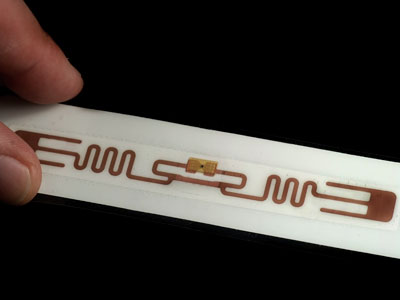
RFID ID cards and access cards / wristbands
RFID transponder chips are particularly suitable for access controls, settlement and promotional events in hotel and event, for large-scale events and leisure time facility applications.
SMARTER Baggage Tags with RFID
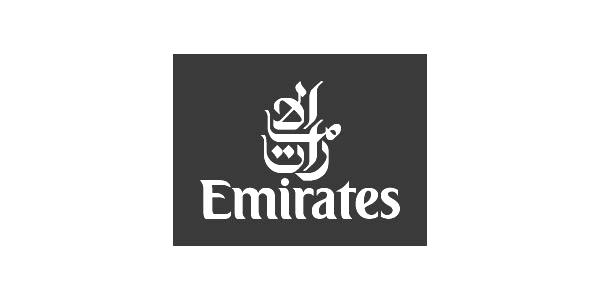

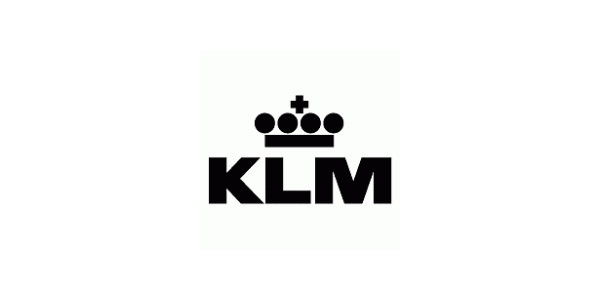

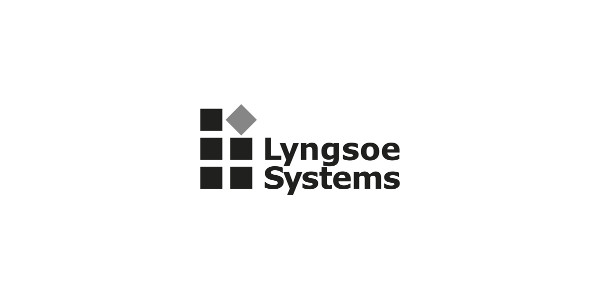
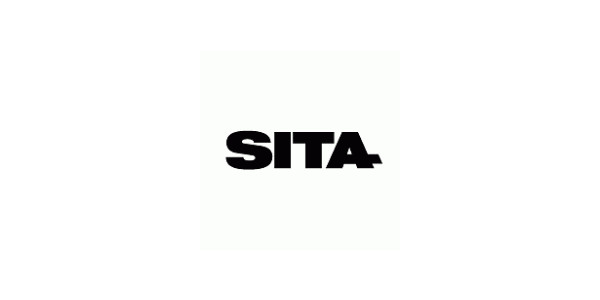
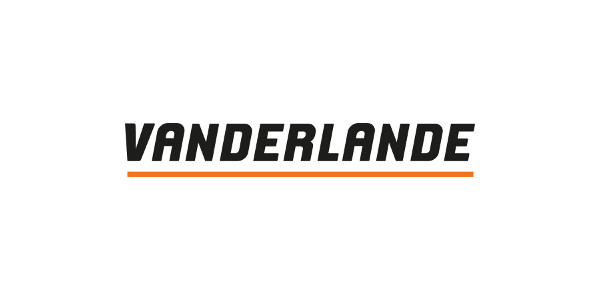
How do RFID labels make your Baggage Tags smarter?
RFID chips embedded in bag tags can be used to accurately track passenger bags in real time across all the key points in the journey. RFID readers use radio waves to activate and capture the data stored in the RFID chips, so the license plate of the baggage tag can be read even when it´s hidden under the tag. Meaning bags do not need to be individually manipulated to be read. RFID readers can automate the process of capturing each tag in a pile of bags or in a container in a couple of seconds. This means that fewer bags are misread or not read at all and this results in fewer mishandled bags.
By increasing the reading accuracy, RFID technology offers improvements to track bags throughout their journey, in particular, on arrival and transfer. On the latter, RFID brings new ways to address mishandling during transfer from one flight to another, one of the key areas identified by SITA and IATA where technology could help improve baggage handling rates. This is because paper tags degrade during the journey through wear and tear, making them more difficult to read, whereas RFID chips do not.
RFID thermal baggage tags optimise baggage identification
From the beginning, Security Label has participated in the development of RFID labels together with the IATA, and is superbly equipped for the global implementation of this product.
We have developed a special RFID-UHF label for aviation which can already be superbly integrated into our tried and tested baggage tags today.
The IATA mandate within the scope of the Fast Travel Program and the Baggage Improvement Program (BIP)
stipulates the use of RFID baggage tags for the tracking and tracing of luggage items.
Strong arguments advocate the use of RFID labels:
- Security Label thermal baggage tags with RFID inlays can be adapted for use in customer-specific printers
- Reduced manual handling of luggage items in airport baggage sorting systems
- Reduced handling costs
- Lower wage costs
- Higher processing speeds during the loading processes
- Increased data accuracy
- Reliable alignment of passengers and baggage during ground operations
- Simple recognition of the unloaded baggage
- Identification and sorting of security-controlled baggage
- Simple identification of lost or misdirected baggage
- Reduced misdirected baggage; reduced lost and found handling
- Higher levels of customer satisfaction
- Loss reductions and simple handling of ULDs (unit load devices)
PDF-Downloads:
Guidance on Introducing Radio Frequency Identification (RFID)
Baggage Improvement Program (BIP)
RFID areas of optimisation at airports
RFID for baggage
RFID for spare parts
RFID for catering
RFID for cargo
Further marketing and upgrade possibilities:
Data storage for frequent flyers; multiple use tags (= MUT), into which flight information can be uploaded at the airport or from home by the passenger, thus increasing the reliability of data, but also saving time during check-in. In this way, it is only necessary to hand in the baggage at the baggage drop-off point. Furthermore, reading in of the passenger status is also possible with the multiple use tag. Further utilisation options for RFID labelling for the optimisation of identification and logistics processes can be found in cargo and catering requirements and aircraft spare parts.
The use of RFID technology at airports helps to save time and to improve on customer satisfaction.
In order to fulfil customer requirements, Security Label have for some years now produced thermal baggage tags with RFID inlays. The identification of the baggage via a barcode in the sorting facility, in the container or in the aircraft is only possible if the barcode is visible and undamaged. RFID baggage tags not only feature printed barcodes, but also integrated RFID chips for the storage of passenger data. Using radio waves, the RFID chip can be detected by 99.9 % of all reading devices.
Due to the guaranteed detection, misdirections and reloading processes are reduced and this in turn ensures that the entire baggage arrives punctually at the correct destination. Some airports already work with RFID technology, and regularly use RFID baggage tags. Security Label is in a position to produce any volume of tags with inlays at short notice acc. IATA specifications, and guarantees a 100% inspection of all tags per roll. RFID inlays can also be integrated into all other baggage tags offered by Security Label.
During the course of the continuous automation of airports, business partners should consider the advantages of systems with integrated RFID technology due to the advantages it holds for airports, airlines and travellers. At airports such as the McCarran International Airport in Las Vegas, Hong Kong International, Milano Malpensa in Italy, Lisbon airport and Denmark‘s Aalborg International, RFID-technology has already had a substantial positive influence on the transparency of the baggage logistics and reduced baggage loss. This leads to advantages for the passengers and increases customer satisfaction.

The advantages of using RFID labels in logistics and warehousing:
- Lower complaint rates
- Cost-efficient inventory optimisation
- More reliable quality of information
- Faster handling of goods
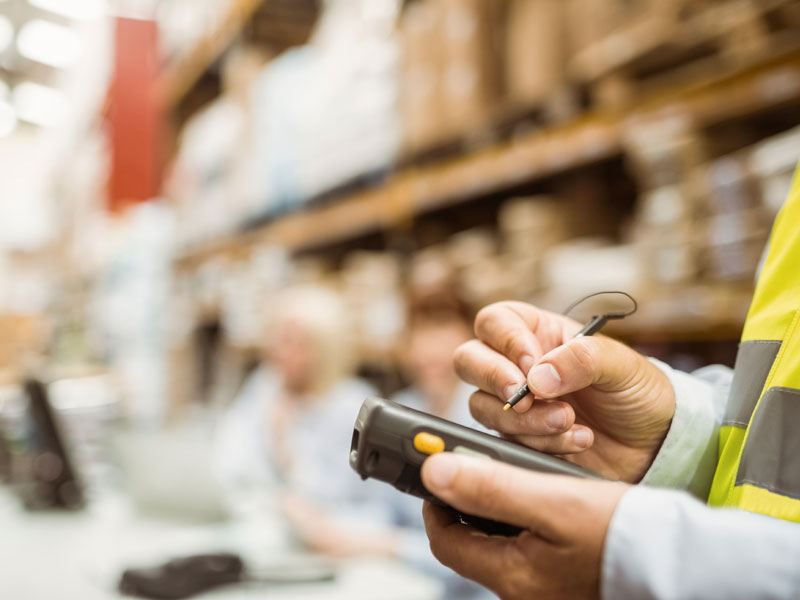
Improve your warehousing and logistics processes with RFID labels
Packing, sustaining stocks and recording additional data can become complex processes in spite of the use of bar and QR codes. The largest disadvantage of this optical procedure: direct visual read-in of the scanning unit and the information carrier (label, sticker, code, tag) must take place, otherwise the information cannot be recorded. Using RFID labels makes the recording process non-sensitive due to the use of electromagnetic waves. Here it is of almost no importance where the RFID label has been attached, and recording can be conducted even in case it is soiled or damaged by water. In this way, comprehensively stored additional information can always be transferred with the luggage.
RFID – A brief historical excursion
The introduction of electronic article surveillance (EAS) in the 1970s is one of the first applications of RFID technology. Detectors are usually placed at the shop exit and still widely in use today. These trigger an alarm when they detect active tags, which can consist of adhesive labels or permanent tags in plastic casing.
Since 1979, livestock and pet animals are marked by RFID implants only a few millimeters in size. RFID technology is also used in road traffic since the 1980s and 1990s. An example is the identification of license plates at toll stations. Other applications, such as electronic access control and contactless payment, soon followed. At the beginning of the 1990s, airlines changed their baggage tags from visual numbering to barcodes. The next step is the growing spread of RFID labels.
How do RFID labels work?
RFID is the abbreviation for “radio frequency identification”. The miniaturized identification units are mainly composed of a memory which contains the identity of the chip and possibly other data, a receiving and transmitting unit (transceiver) and an antenna. Some types of chips contain read only memories, but other models can also store new data several times. The memory handles between one bit and several kilobytes. A single bit is sufficient for simple applications such as article surveillance, which only need to distinguish between active and inactive.
For transmission, the reader generates high frequency alternating magnetic fields. The exact frequencies are standardized according to ISO 18000 and are partly different in various global regions. Frequency bands used are in the range of long or short waves, as well as super- or ultra-high frequencies (UHF). Concerning ultra high frequencies, American, Asian and European frequency bands differ. Modern reading devices, however, offer an overlapping compatibility. Since UHF tags encoded from 902 MHz to 928 MHz (median frequency range) are either only readable in the spectrum 950 MHz to 956 MHz (upper range, commonly used in Japan and the United States), or in the spectrum 865.6 MHz to 867.6 MHz (European region, lower frequency range), a common basis was created.
RFID labels themselves do not generate their own magnetic field, but influence the field of the reader. Backscattering or changes of electrical loading are detected by the reader and are used in queries and responses to communicate with the chip. For passive RFID labels, the energy is generated by induction from the magnetic field. Active RFID transponders have their own power supply, which allows for larger radio ranges, as required at toll stations for example, that have to bridge several meters.
More than just on or off
The deactivation of RFID labels works via a “kill code” which is transmitted over the magnetic field. Apart from the sole identification purpose, many chips offer additional functions. An anti-collision function controls when RFID labels are supposed to wait or respond to queries, if a large number of tags is in range of the reader at the same time. Some chips are also secured by a password that must be transmitted before a response is sent. AES encryption during transmission can also provide additional security.
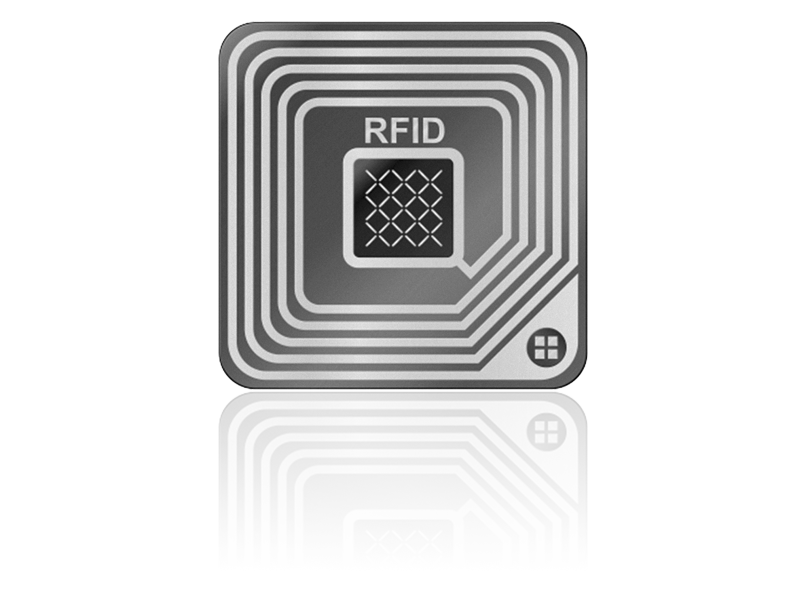
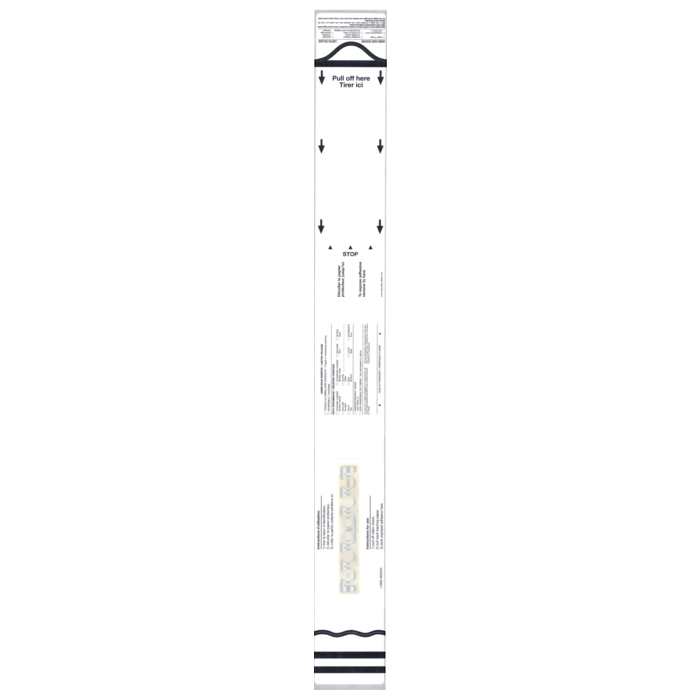
Our Thermal Baggage Tag RFID
- All inlays are 100% inspected
- Delivery of thermal baggage tag RFID on roll
- The inlay is applied to the backing paper
- Special die-cut backsides for secure retention of the inlay on the backing paper during the subsequent bonding of the Thermal Baggage Tag RFID
- Tear-resistant and top-coated thermal material
- On request, sensor holes between the tags and a non-visible security-printing on the back can be integrated




